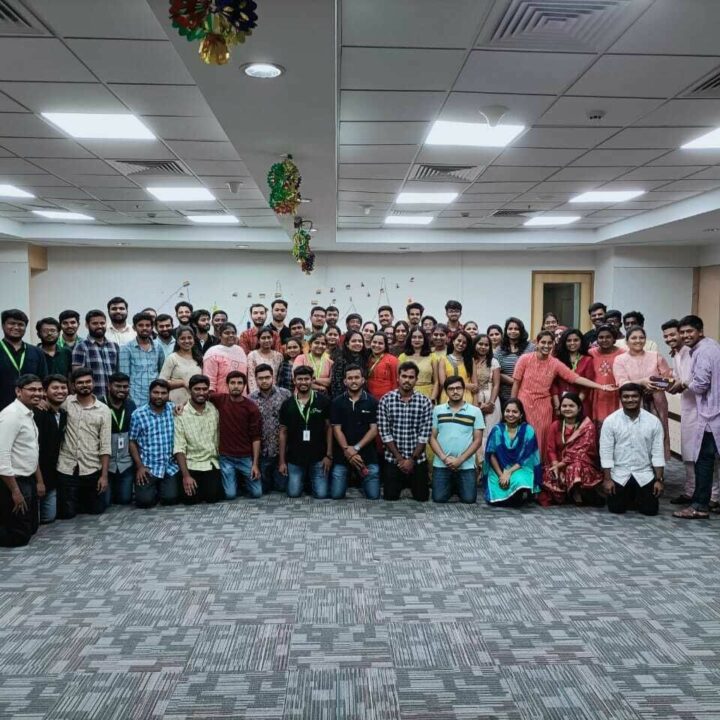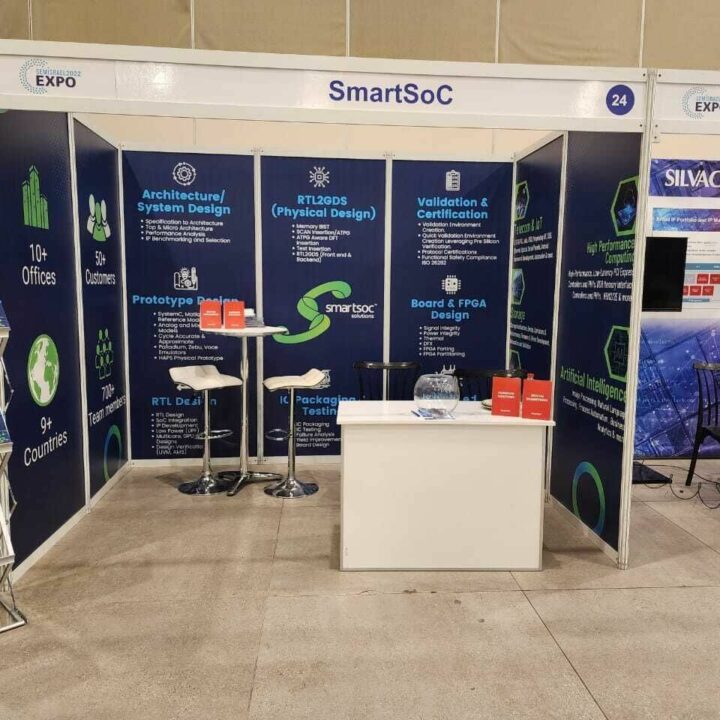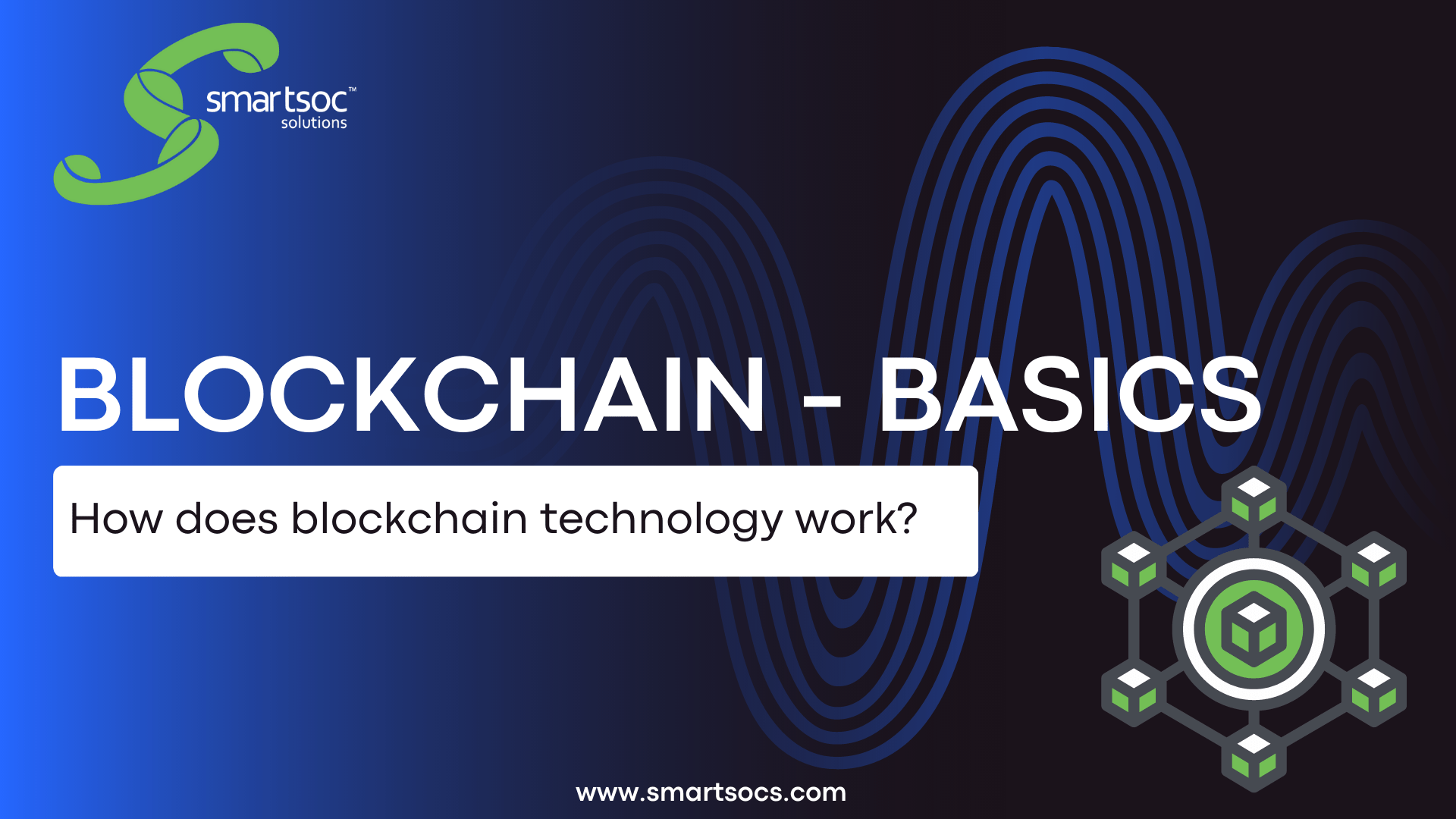Blockchain – Basics
In general terms to secure set of things(materials) they are tied together with a chain. This restricts the free movement of the materials. Also, these chains will have a lock and key to restrict access. In the IT domain blockchain refers to “a secure database shared across a network of participants, where up-to-date information is available to all participants at the same time”.

In other words, Blockchain is a system of recording information in a way that makes it difficult or impossible to change, hack, or cheat the system. This blog tries to give a basic overview of the blockchain concept and its use cases. Blockchain is a technology that enables the secure sharing of information. Data, obviously, is stored in a database. Transactions are recorded in an account book called a ledger.
A blockchain is a type of distributed database or ledger—one of today’s top tech trends—which means the power to update a blockchain is distributed between the nodes, or participants, of a public or private computer network. This is known as distributed ledger technology, or DLT. Nodes are incentivized with digital tokens or currency to make updates to blockchains. Blockchain enables to record all data transactions transparently and enables exchange of anything they have value.
The blockchain has three basic attributes. First one, database must be cryptographically 1 secure (To access or add data on the database, you need two cryptographic keys: a public key, which is basically the address in the database, and the private key, which is a personal key that must be authenticated by the network) Second one is, Blockchain has digital log or database transactions, meaning it happens fully online and is digital. The final third attribute is, a blockchain is a database that is shared across a public or private network. Just share an very common example in public network is Bitcoin blockchain.
There are also other blockchains which will be more in private network related to banking and fintech. Also, there may be some hybrid blockchain networks. There are 4 types of blockchain networks currently – public blockchains, private blockchains, consortium blockchains, and hybrid blockchains
How does blockchain technology work?
Blockchain is a combination of three leading technologies:
1. Cryptographic keys
2. A peer-to-peer network containing a shared ledger
3. A means of computing, to store the transactions and records of the network.
Cryptography keys consist of two keys – A private key and a Public key. These keys help in performing successful transactions between two parties. Everyone has these two keys, which they use to produce a secure digital identity reference. This secured identity is the most important aspect of Blockchain technology.
In the world of cryptocurrency, this identity is referred to as ‘digital signature’ and is used for authorizing and controlling transactions. The digital signature is merged with the peer-to-peer network; many individuals who act as authorities use the digital signature to reach a consensus on transactions, among other issues. When they authorize a deal, it is certified by a mathematical verification, which results in a successfully secured transaction between the two network-connected parties. So, to sum it up, Blockchain users employ cryptography keys to perform different types of digital interactions over the peer-to-peer network
How many types of blockchains exist?
There are 4 types of blockchain networks currently – public blockchains, private blockchains, consortium blockchains, and hybrid blockchains.
What are examples of the use of Blockchain technology?
Blockchain technology is finding its way into many technologies due to its inherent secure on-line digital data-base. Few of them are listed below, and many more possibilities can exist.
Fintech: Blockchain is a decentralized ledger technology that offers a safe and secure platform for verifying information. It promises to revolutionize operations in diverse industries including banking and financial services. This technology is still in its infancy in developing countries but can yield impressive outcomes once it secures a foothold. To extract the maximum benefit of this technology there is a need to switch to a completely paperless mode.
IoT: The Internet of Things (IoT) industry is growing rapidly with billions of connected devices. The latest forecasts suggest that by 2030, there’ll be 50 billion devices in use globally. As this number continues to grow, it will increase vulnerabilities as hackers can easily breach your data through a single connected device. By integrating Blockchain technology in IoT devices, the possibility of data breaches can be reduced to a great extent.
Supply chain management: It leverages Blockchain-powered logistics to track and record information related to shipments while maintaining the integrity of transactions. DHL shipping giant already using this technology.
Digital Media: Digital media companies are burdened with many challenges like data privacy, piracy of intellectual property, royalty payments, and copyright infringement, among other issues. By incorporating Blockchain technology into the digital media infrastructure, companies can protect their intellectual property, maintain data integrity, target the right customers, and ensure that artists receive their royalty payments in due time. For Example Steem, is a social media or a “Social Blockchain” platform that encourages users to create original content by rewarding them with
cryptocurrency. When you use Steem, you become a stakeholder of the platform with full control over your data. For each contribution you make, you earn cryptocurrency tokens.
Education: Blockchain technology can be seamlessly integrated into control systems and document storage. The key benefit of this blockchain use case is the incapability to modify data saved in the system. The information can be added but can’t be overwritten. Moreover, the document’s legality can be quickly confirmed because everybody can observe who wrote it and when.
In summary, Blockchain technology is having huge potential in both innovation and implementation in various application domains. As the world moves more & more digital, this enables more opportunities to deploy blockchain technology.
————————————————————————————————————————-
What is Cryptography?
Cryptography is a technique of securing information and communications using codes so that only those people for whom the information is intended can understand it and process it. Thus, preventing unauthorized access to information. The prefix “crypt” means “hidden” and suffix graphy means “writing”.
Author








